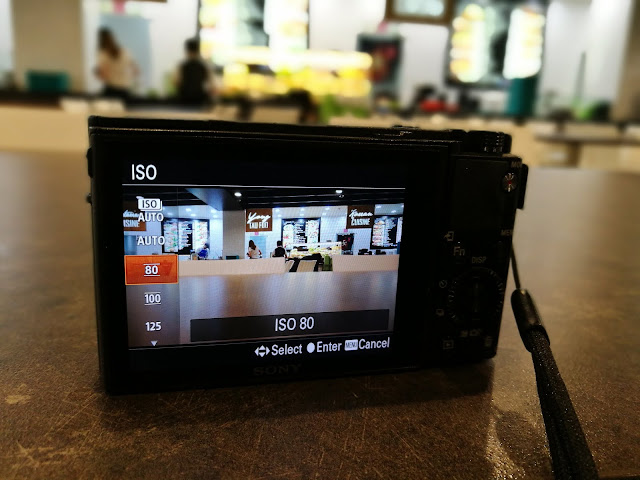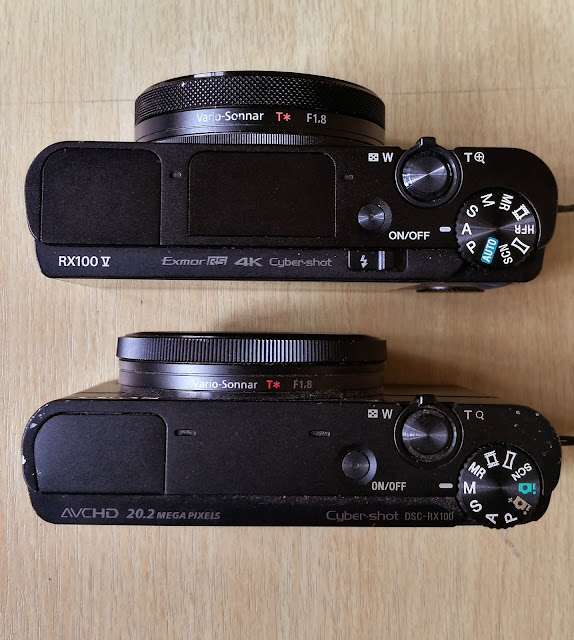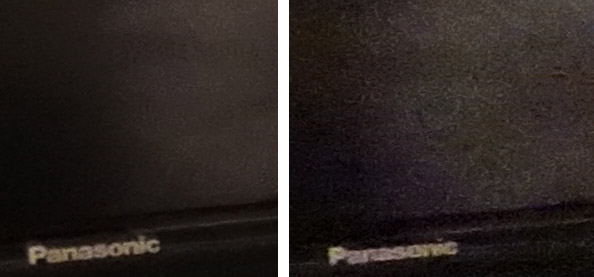[User review] Sony RX-100 V
Sony RX100 V is the fifth generation of Sony RX100 series. It was launched recently in October 2016. I bought the first generation RX100 series in 2012 and, frankly, I didn’t pay much attention each time the RX100 successive model was launched. It is mainly because I was already quite contented with my old RX100 Mark 1. So when I got the chance to test this latest model, I was quite surprised to find out that there are so many improvements and fancy high-end features that have been incorporated since the first generation.
Among them are the electronic view-finder, tilt view screen, Wifi, ISO that can go up to 12800 (or 25600 if shoot in Multi-Frame Noise Reduction mode), shutter speed to 32000, and ... autofocus speed of 0.05 seconds, and continuous shooting up to 24fps. My first generation RX100 only has the fastest shutter speed of 1/2000, maximum ISO of 6400, no electronic view finder, no tilt view screen, no wifi, and certainly no such high auto focus speed and buffer size.
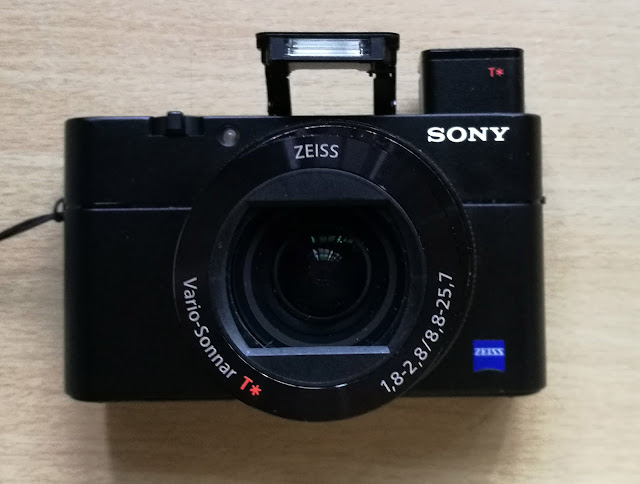
Image 1
A picture is worth a thousand words, so in this review, I will just let pictures do most of the talking and avoid using those eye-rolling technical jargons created for marketing purposes. Anyway, those who want to see details of the technical specifications can easily go to the Sony website anyway.
By the way, I don’t take videos so I won’t be commenting on its video capabilities. Just note that RX100 V can take 4K videos and it has a wind noise reduction feature as well.
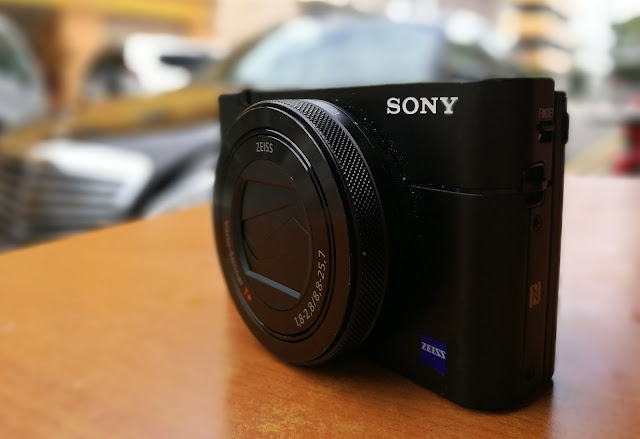
Image 2
The reasons I love Sony RX100 series are that they are truly pocketable and they have high-end features.
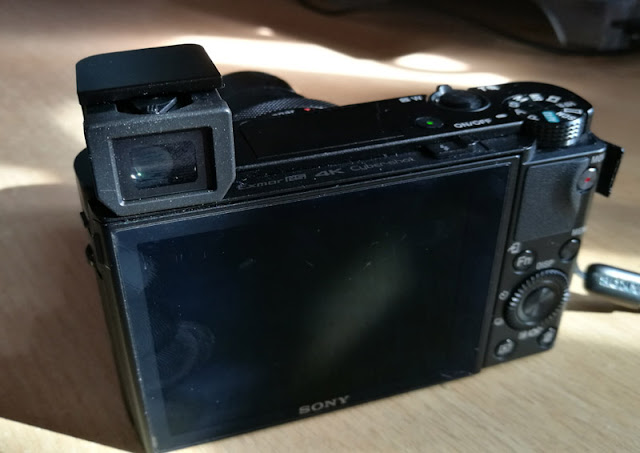
Image 3
The first two generations of RX100 do not have built-in electronic view finder. The electronic view finder started from the generation three onward.
Personally I don’t really fancy the built-in pop-up electronic view-finder but I know some serious photographers cannot seem live without it.

Image 4
Like the pop-up electronic view finder, Sony also incorporated the wifi features starting from RX100 Mark 3.

Image 5
One of the features made possible with the wireless option is to display photos on TV. Here is the shot of RX100 V connecting to my Mi Box.
Looking at this feature, I can’t help but wonder how much the wifi options add to the cost of RX100 V though. Personally I don’t find it as essential and certainly wouldn’t mind NOT having any of these fancy features if their exclusion would allow Sony to knock a few hundred dollars off from the selling price.
Sony RX100 V is the fifth generation of Sony RX100 series. It was launched recently in October 2016. I bought the first generation RX100 series in 2012 and, frankly, I didn’t pay much attention each time the RX100 successive model was launched. It is mainly because I was already quite contented with my old RX100 Mark 1. So when I got the chance to test this latest model, I was quite surprised to find out that there are so many improvements and fancy high-end features that have been incorporated since the first generation.
Among them are the electronic view-finder, tilt view screen, Wifi, ISO that can go up to 12800 (or 25600 if shoot in Multi-Frame Noise Reduction mode), shutter speed to 32000, and ... autofocus speed of 0.05 seconds, and continuous shooting up to 24fps. My first generation RX100 only has the fastest shutter speed of 1/2000, maximum ISO of 6400, no electronic view finder, no tilt view screen, no wifi, and certainly no such high auto focus speed and buffer size.

Image 1
A picture is worth a thousand words, so in this review, I will just let pictures do most of the talking and avoid using those eye-rolling technical jargons created for marketing purposes. Anyway, those who want to see details of the technical specifications can easily go to the Sony website anyway.
By the way, I don’t take videos so I won’t be commenting on its video capabilities. Just note that RX100 V can take 4K videos and it has a wind noise reduction feature as well.

Image 2
The reasons I love Sony RX100 series are that they are truly pocketable and they have high-end features.

Image 3
The first two generations of RX100 do not have built-in electronic view finder. The electronic view finder started from the generation three onward.
Personally I don’t really fancy the built-in pop-up electronic view-finder but I know some serious photographers cannot seem live without it.

Image 4
Like the pop-up electronic view finder, Sony also incorporated the wifi features starting from RX100 Mark 3.

Image 5
One of the features made possible with the wireless option is to display photos on TV. Here is the shot of RX100 V connecting to my Mi Box.
Looking at this feature, I can’t help but wonder how much the wifi options add to the cost of RX100 V though. Personally I don’t find it as essential and certainly wouldn’t mind NOT having any of these fancy features if their exclusion would allow Sony to knock a few hundred dollars off from the selling price.
Last edited:



